How One Museum Helps the Nation Mourn
When prominent Americans like Kobe Bryant die, mourners flock to the National Portrait Gallery in search of solace
/https://tf-cmsv2-smithsonianmag-media.s3.amazonaws.com/filer/05/fb/05fb0251-9aa4-4690-970a-b045bf64c6c7/untitled-1.jpg)
If I have learned one thing as director of the Smithsonian’s National Portrait Gallery, it’s that there are two types of deaths that take national mourning to a whole new level. The first are those household names who seemed to have watched over us all our lives, imparting lessons along the way—good and bad. These are our presidents, our sports champions and our artistic visionaries. When Aretha Franklin died at 79 in August 2018, for example, mourners lined up outside the museum to view her portrait and more than a dozen news crews arrived to capture the moment.
The second are those deaths borne out of tragedy, as we recently experienced with Kobe Bryant and his daughter Gianna. Their unexpected passing, cruel for cheating them—and us—of a fair allotment of time, remind us that a long life is never a guarantee. It is the potential of these lives that we mourn. The “what ifs?” we are left to imagine but will never get to see.
Young deaths disrupt what evolutionary biologists such as Harvard University’s Joseph Heinrich call “prestige psychology,” the ability to observe particularly skillful or knowledgeable people in our communities and learn from their example. As NBA legend LeBron James acknowledged in an emotional farewell to Kobe Bryant, his own love for basketball deepened while in high school watching Bryant play, and then again as a competitor learning how to improve his game. Bryant gave James a “determination to just want to win. To just want to be great.”
When the nation loses a prominent citizen, a team of museum officials from the Smithsonian’s National Portrait Gallery works swiftly to arrange for an image to be hung on the museum’s In Memoriam wall by the next day. Starting with email exchanges that may begin in the middle of the night, the museum’s “rapid-response team” checks the collections to source a work of art, secures image rights, notifies the press, writes or re-writes the label, preps the gallery walls, frames the image, installs and lights the portrait. We not only share a tremendous sense of pride for the quick turnaround, but we also feel we are providing a community service. We recognize that people want to mourn together and the museum’s galleries provide an intimate setting for shared expressions of grief.
While serving as the museum’s director, the first time I experienced the nation come together in a heartbreaking collective grief was on August 12, 2014, after Robin Williams took his own life. We installed a 1979 photograph by Michael Dressler of Williams at age 22, mugging a funny face, while a small television on his lap showed his wacky breakthrough television character Mork from “Mork and Mindy.” A double portrait of sorts, the picture’s sunny humor made the installation so much more shocking because it stood in stark contrast to the tragedy of his death. It was how America wanted to remember their shared past with Williams, not the reality of that terrible day. This likely contributed to the portrait’s widespread dissemination in the press, and the phenomena we witnessed the next day, of people comforting each other and crying in the galleries.
In 2015, the Portrait Gallery began the practice of placing a condolence book next to the In Memoriam portrait. We would then give it to the deceased’s family members afterwards, when possible. But when the musician Prince died on April 21, 2016, it was the flowers that took us by surprise. While the book quickly filled with heartfelt messages, poems and song lyrics in tribute to his singular talent, purple blooms in particular were left on the museum’s floor. This transformation from museum to memorial was similar to the arrangement made by anonymous fans mourning Kobe and Gigi outside the steps of the Gallery last week.
A place of mourning was probably not what Congress had in mind when they established the National Portrait Gallery in 1962, but perhaps they would not be surprised that this is partly what they got. Memorializing someone’s death, is not just a reflection of their life but a learning mechanism that is essential to who we are as human beings. As Heinrich points out in his 2015 book the Secret of Our Success, our species adapted, survived and evolved not because of our big individual brains but because of our ability to learn from the best among us and share that knowledge collectively. Moreover, when an admired public figure dies, mourning rituals such as visiting the National Portrait Gallery remind everyone about the lessons gained by their example, including from their transgressions and moral faults. To mourn is to remember a person that we may not have met, but we felt we knew: “Though you be gone and though we had our different views,” one visitor wrote in a condolence book for U.S. Senator John McCain, “I thank you for your service, for your truth and integrity.”
However, when a public figure dies unexpectedly, and often young, the pain is just much more intense. As a community, mourners feel robbed of the opportunity to watch their journey, to learn from their mistakes and to share in their success. The loss is both personal and universal, but it also provides a moment to remind us why they mattered. This is the power of mourning, the power of being part of a community, and yes, the power of portraiture.
The portrait of Kobe Bryant by Rich Chapman will remain on view through the spring at the National Portrait Gallery.
/https://tf-cmsv2-smithsonianmag-media.s3.amazonaws.com/accounts/headshot/KSajet_portrait_orange_1.13.JPG)
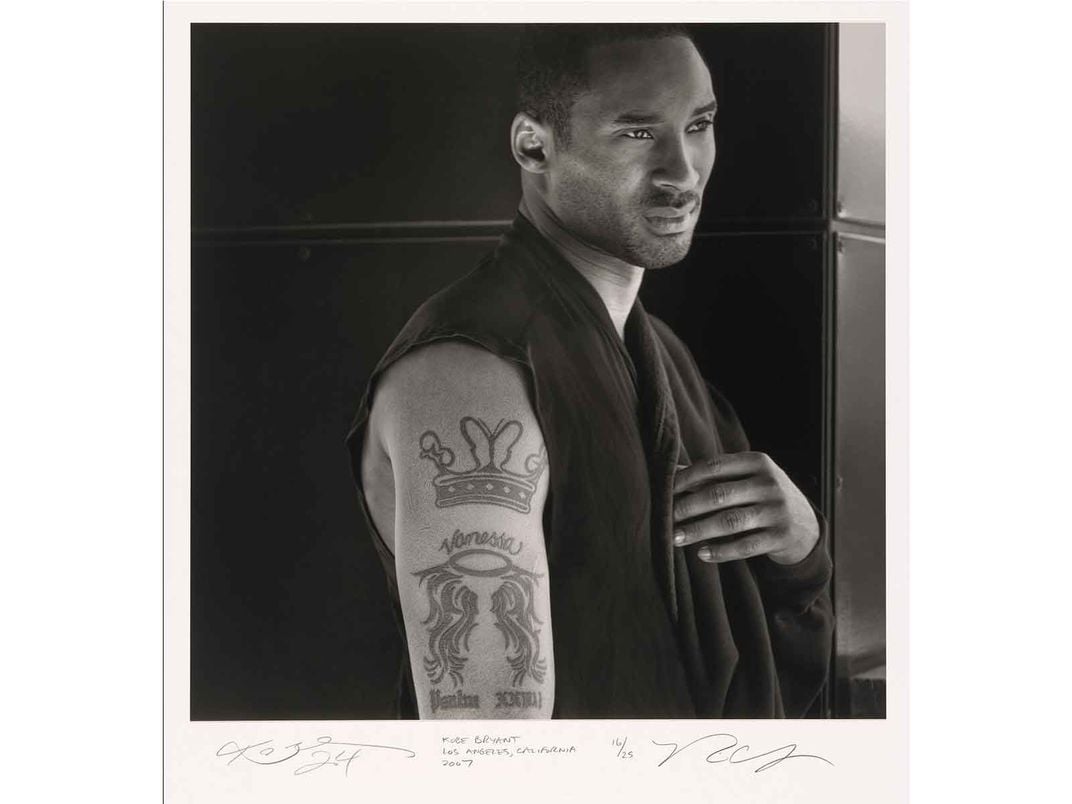

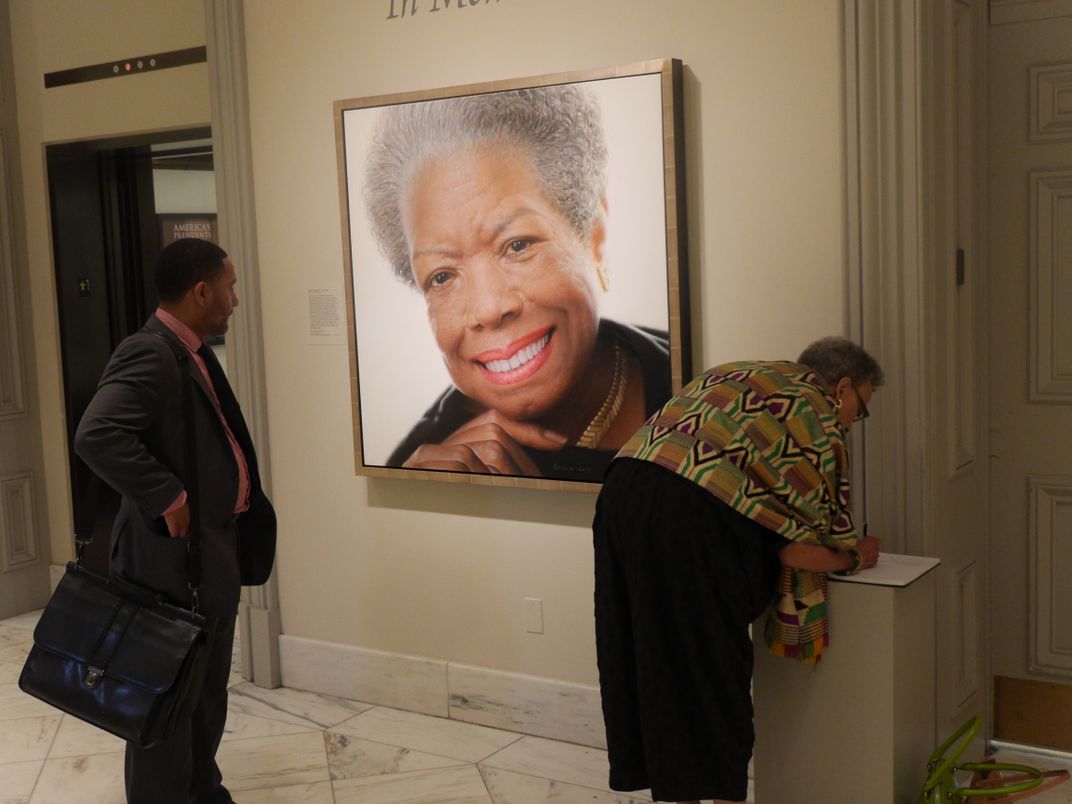
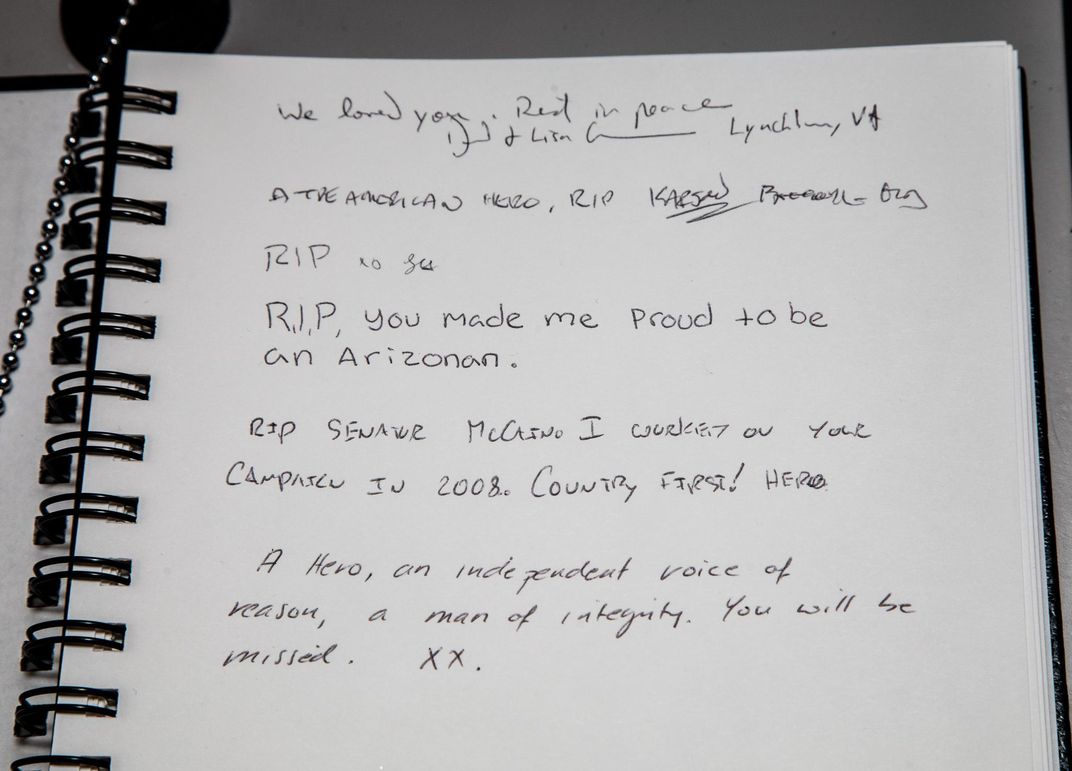
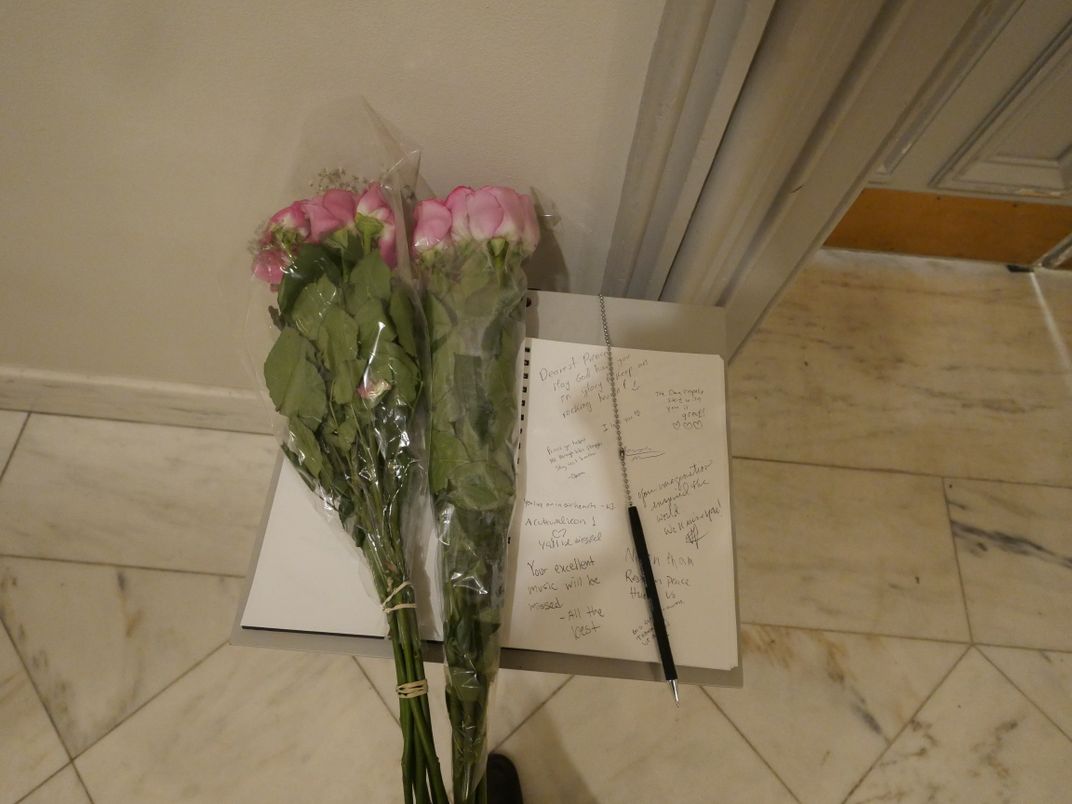
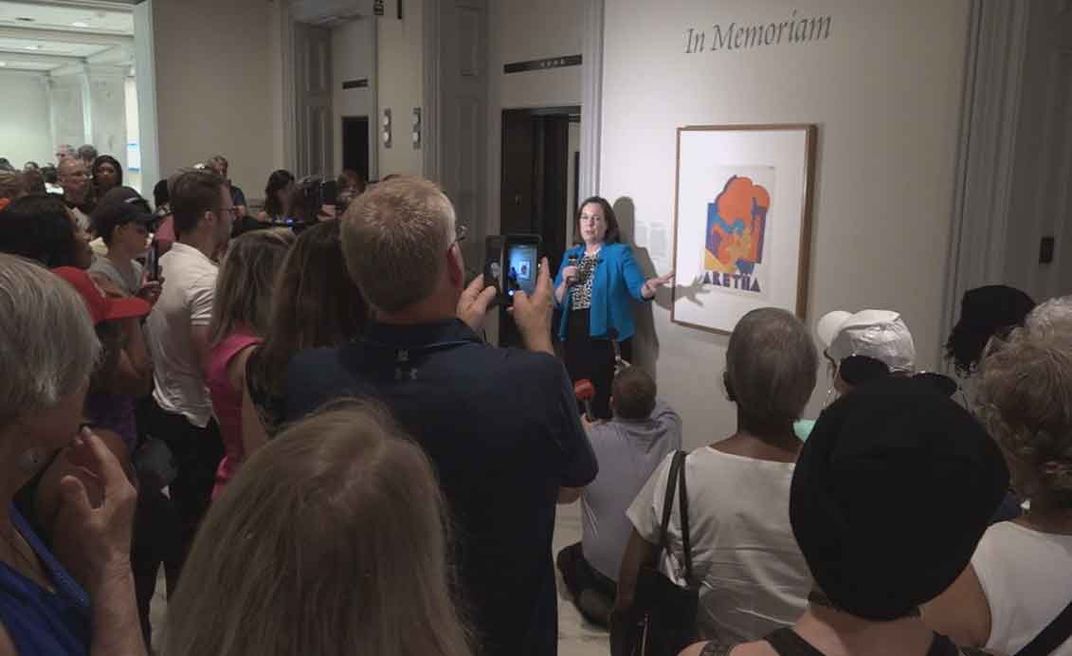
/https://tf-cmsv2-smithsonianmag-media.s3.amazonaws.com/accounts/headshot/KSajet_portrait_orange_1.13.JPG)